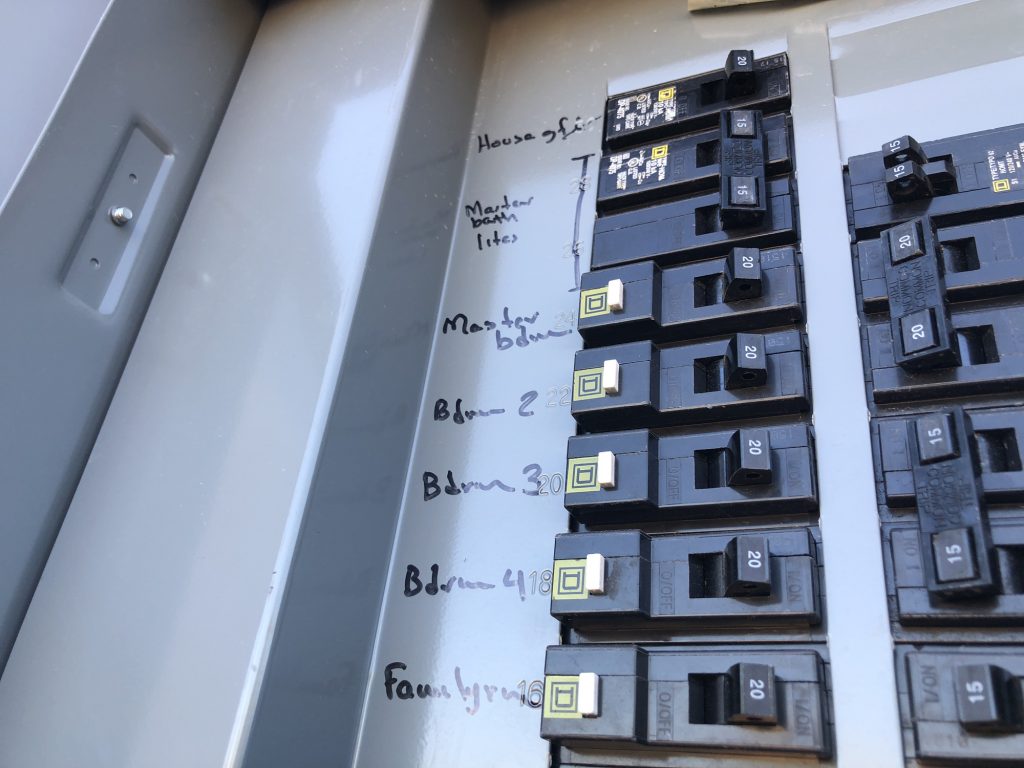Have you ever experienced a random power outage? Figuring out electrical problems can be a little tricky, especially if you’re new to the issue. Believe it or not, troubleshooting an electrical problem is a lot easier than you think, even for someone who has no electrical experience. It’s a process of elimination until you get to the source. In this blog, we’re going to help you figure out why you’ve lost power and a few ways you can fix them on your own. Here’s what you need to know:
Before any power outages
Figure out where your circuit breaker or fuse box is located in the house. It might be in the basement, in the wall near the water heater, etc. You don’t want to be fumbling around in the dark trying to locate it. If your house uses a fuse box, make sure you stock up on some extra fuses just in case the fuse blows.
Before you start troubleshooting
If the entire house lost power, check to see if the neighbors did too. There might be an issue with the primary power grid, and you should call your utility company to let them know. Don’t just assume they already know, especially if it’s storming out. If your house is the only one that lost power, there’s an internal issue.

Check for an Overloaded Electrical Circuit
If the circuit breaker tripped, you need to unplug the last appliance that caused the overload, reset the breaker and flip it back on. If you have a fuse box, the fuse the has blown will need to be replaced. The appliance that caused the surge will have to be used in a different outlet, or you’ll have to alternate appliances to avoid another overload.
Check for a Short Circuit
If there’s a short circuit, that means there’s a hot wire touching either a neutral or ground wire. The current from that loose wire will trip the circuit breaker or blow a fuse. Finding the short is going to be trickier because it’s more internal. Check the cover plates for the outlets. Are there any black marks or even a faint burnt smell? If so, check for damaged plugs or damaged cords. Reset the breaker or replace the fuse along with the damaged plug/cord. If the circuit stops working, chances are it’s an overloaded circuit. If none of that solves the problem, try this:
- Turn off every wall switch and unplug everything from the outlet that’s dead.
- Reset the circuit breaker or replace the fuse.
- If the circuit dies immediately, the issue could be in the wall switch or the receptacle.
- Make sure the power is off. Take off the cover plate and inspect the wires. Make sure none are grounding against other wires or the metal box itself. Look for any charred wire insulation. You’ll be able to smell if it’s burnt too. Repair or replace the wiring that’s causing the issue.
- Again, reset the circuit breaker or replace the fuse. If nothing trips right away, try turning on the wall outlets one by one. This will help pinpoint where the issue still is.
- If everything is repaired and you’re still having problems, check each appliance itself.
If you continue to have issues with the electricity or don’t feel comfortable troubleshooting the problem yourself, call an electrician. They have the tools and expertise to diagnose the issue and help you fix it.

Leave A Comment